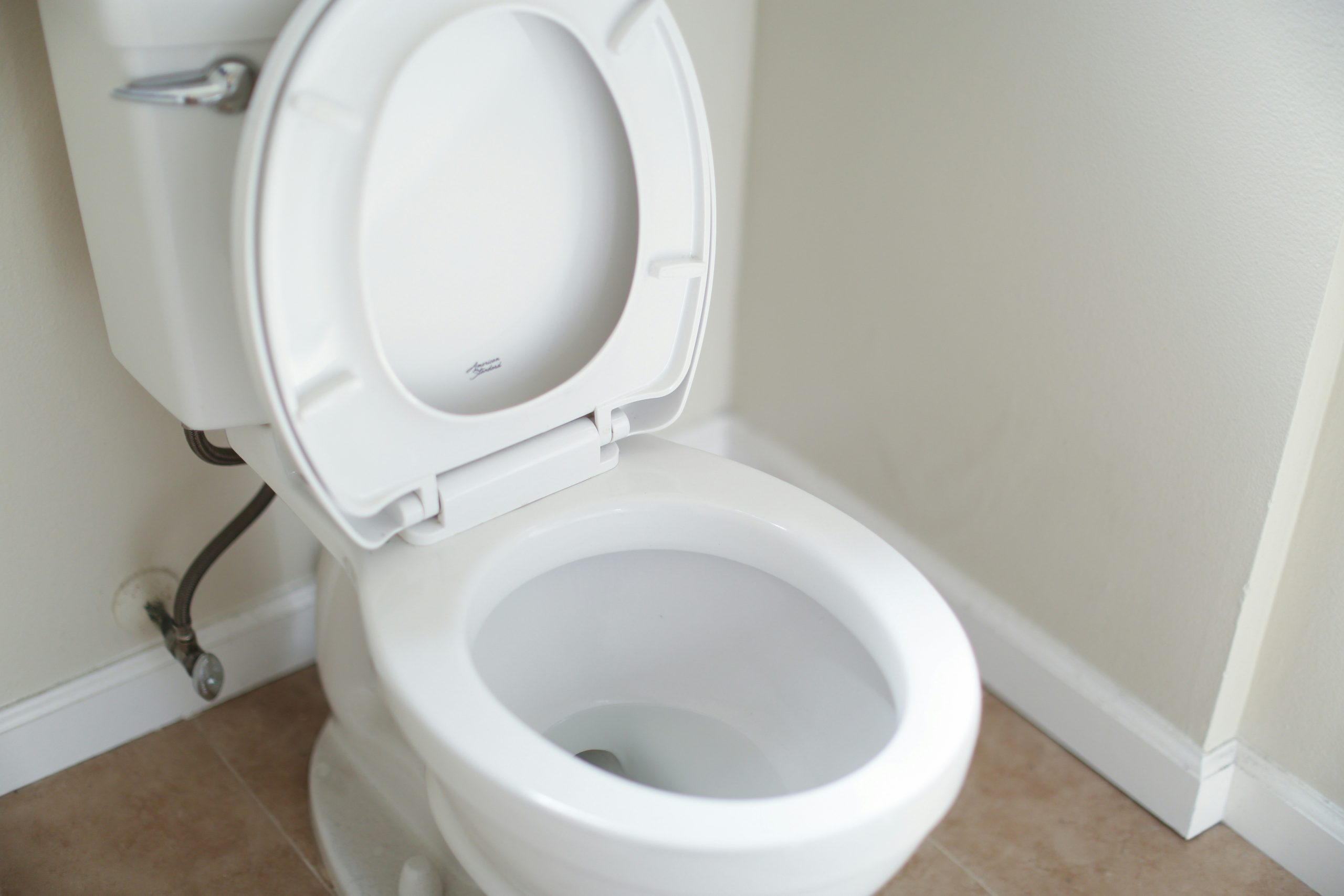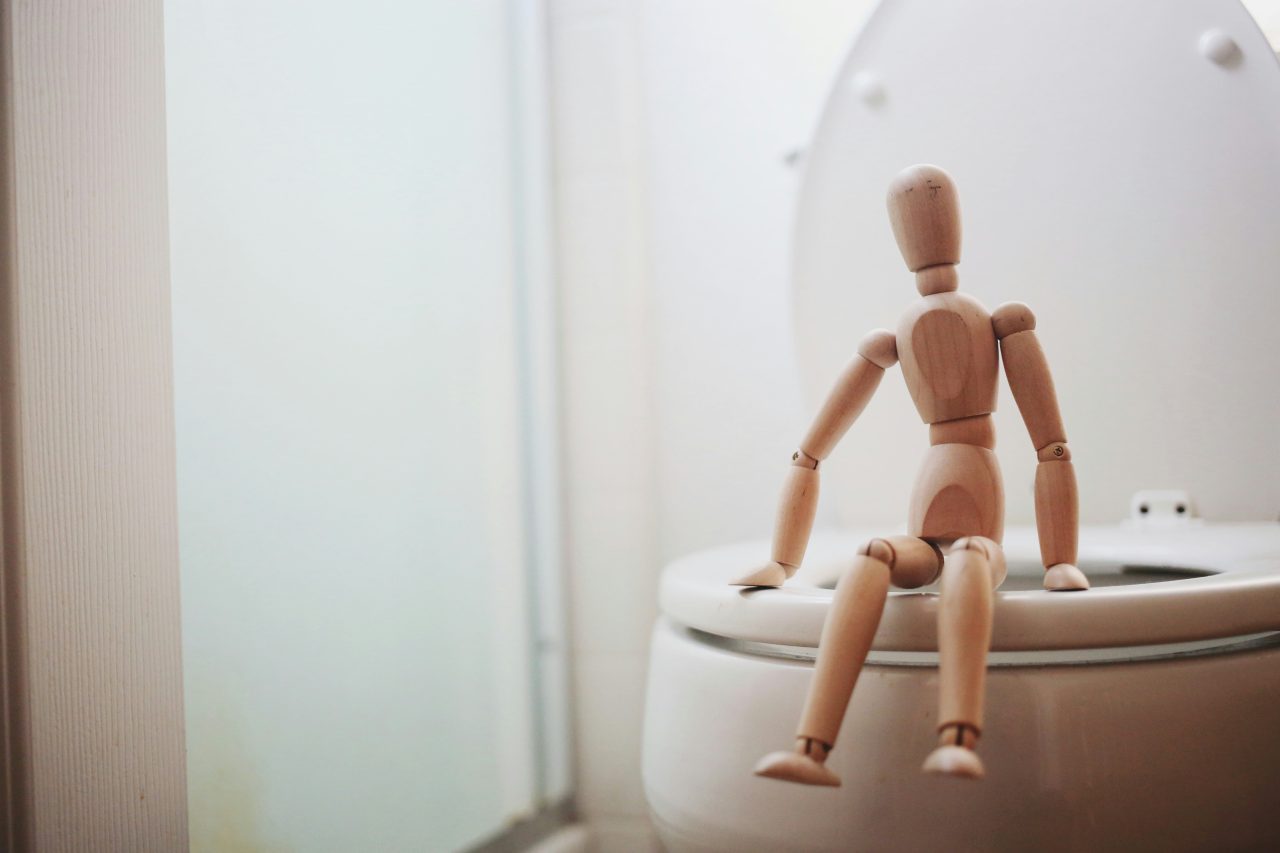Moving house is incredibly stressful. So, once you’ve finally got the keys, it can feel like a weight has been lifted off. But more often than not, settling into a new home comes with a few teething problems.
These issues can be relatively minor things that you didn’t notice during the viewing and weren’t picked up on the survey. Problems such as leaking toilets and blocked drains, that only become apparent after you’ve moved in.
For every problem, there’s a solution. But when you’re keen to get settled in, it’s good to know how to resolve things quickly.
Clogged drains
As soon as you start living in a house, some problems quickly come to light and perhaps the most annoying of these is a drain that’s clogging. It’s can seem like your worst nightmare if your washing machine is ditching water all over your floor or you’ve flushed the toilet and the bowl is filling up. But most blockages can be cleared with a little help.
If water is slow to drain from sinks, toilets and baths, you can try using a plunger or a drain snake to dislodge blockages. If this fails, you could try a strong chemical unblocker, so long as you don’t have a septic tank system.
However, even after trying these methods, problems can persist. Trying to find the source of the issue can be complex and time-consuming. That’s when a drain survey can come in handy. A drain survey costs from around £90 and with a basic survey you can locate the problem in as little as an hour.
Leaky toilet
A leaky toilet is something that people commonly discover shortly after moving in. Chances are it’s been leaking for a while. But water leaking into the pan can be hard to spot until the sound of running water alerts you to the problem. With more people trying to reduce their water consumption, especially those on a meter, this is something that needs immediate attention.
There are a couple of things you can check for and fix yourself. There are two valves inside the toilet, one that fills the cistern with water and the other that empties it. And it’s typically one of these that’s the culprit of leaks.
First of all you need to turn the water to your toilet off. There should be a valve on the pipe under the cistern that enables you to do this. Then, lift the lid off your cistern and take a look inside. If water the water level is high and running into the overflow pipe, it’s a fill valve issue. To fix this, you simply need to adjust the plastic arm on the valve. This is usually done by turning a plastic screw.

If this isn’t the issue, then it’s probably the flush valve. This usually looks like a round plastic unit in the centre of your cistern. It should be removable by twisting and pulling. At the bottom of this unit is a washer that works as a seal to stop water running into your bowl. If this looks as though it’s perished, you simply need to replace this. Replacements can be picked up from DIY and hardware stores for around £3 to £4. If the washer looks ok, try taking it off and turning it over. This can sometimes fix the leak.
Checking for these issues before you call a plumber can save you both time and money.
Boiler on the blink
Not having a working heating system is a nightmare, especially in cold weather. But this can be evener hard to deal with when you’ve first moved house and are unfamiliar with the boiler.
However, there are a few common boiler faults that you can check for without needing any tools or engineering skills. The first is to check the pressure gauge. This has a handy colour code, so you can easily see if this is ok or not. Green is good and red is a problem.
If the pressure is too low, you need to look under your boiler for a looped piece of pipework. This is where you can top your system up with water. To do this, locate the valve on the pipe and open it up. You should now see the needle moving on the gauge. Once it’s back in the green, turn the valve back off.
But what if the pressure looks too high? Well, then you can simply relieve some pressure by opening up the valve on your radiator in the same way as you would when you bleed them.
Another common issue with modern boilers is a blockage in the condensate pipe that runs from the boiler to the outside. These can get frozen in the winter or blocked with debris.
If you do need to call out a heating engineer, there is one good way to speed up the repair and that is to take note of your boiler make and model and the error code it’s showing. This can help the engineer diagnose the problem before they arrive and help ensure they have the parts to hand that they’ll need to fix the issue.











No Comments